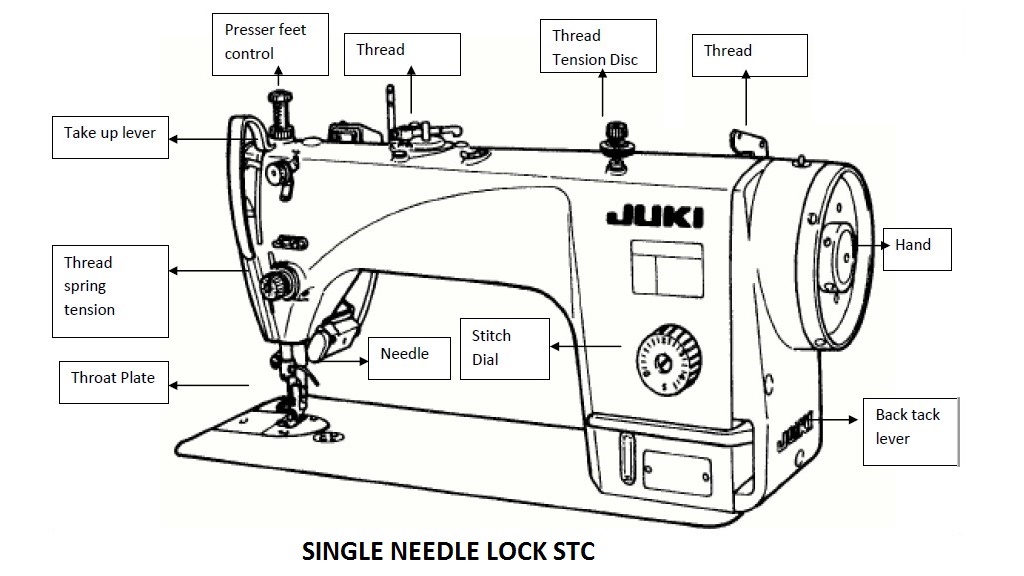


Stitch Width Selector: Used to adjust the width of stitches in by simply turning the knob.Stitch Pattern Selector – On a digital display you can select the stitch with which the machine will sew based on the keys in the stitch display.Stitch Length Knob – Adjusts stitch length.Foot pedal – makes machine sew when pressed.Bobbin Winder – Threads your next bobbin as you sew.Backstitch lever – press to reverse stitching, good for backtacking to lock a stitch.Top thread guides - parts along thread path to hold thread at proper tension.Top thread holders - Holds thread in place.Knee bar – Raises and lowers the foot, higher than the handwheel.Hand Wheel – Turn to lift foot, control fine movement in tight spots, or release a stitch.Front Cover – Allows access to the machine shaft to grease it.Although every type of industrial sewing machine is different here are the common parts: You’ll get more information if you subscribe to our newsletter or visit our blog regularly.
#SEWING MACHINE PARTS FULL#
From the simplest zigzag sewing, to the most sophisticated automated set ups, all sewing machines have a series of basic common components that must be known to maintain the machine for its’ full lifetime value.Īt Cutsew, you can find different parts of a sewing machine, discover what they are called, as well as what their function is. However, over time interior pieces will wear out. As the machines improve so do all the components. Since the sewing machine was first invented in the late eighteenth century, it has continued to evolve, getting better as technology improves.


 0 kommentar(er)
0 kommentar(er)
